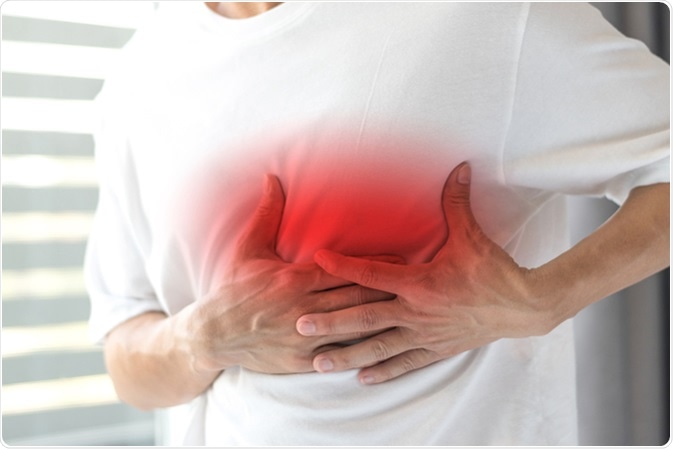Launching 1st March 2023. Also check out: https://www.thailandmedical.news/
The human heart has a sac-like structure that surrounds it, which is called the pericardium. The major purpose of this sac is to protect the heart and it contains a fluid that is spread over a thin layer around the whole heart. This fluid in the heart is called the pericardial fluid, which acts as a lubricant and helps the heart to pump and return with some minimum friction.

A small amount of fluid is always found in the heart, known as the small effusion of the pericarditis (the pericardial fluid). This fluid is produced by the sac and it is important for maintaining the functions of the heart. The excess production of this fluid is called pericardial effusion. If the heart gets affected by inflammation, the extra fluid is released and gets collected in the sac, causing pericarditis.
The blood surrounding the heart is called hemopericardium. The blood gets filled in the sac post or during surgery, trauma, and injury. The level of fluid remains constant as it is constantly produced and drained. The high pressure in the body or heart failure can cause the fluid to drain improperly. Hence, the body’s continuous production of the fluid leads to an excess of fluid in the heart.
The cause of pericarditis could be viral infection or bacterial infection or fungal infection. Pericarditis caused by bacteria is less common and that caused by fungi is rare.
Pericarditis is defined as a condition that disturbs the heart function and rhythm and sometimes even leads to death. Pericarditis falls under two categories—acute and chronic pericarditis. Acute pericarditis is a minor condition and lasts for a few minutes, whereas chronic pericarditis develops gradually and becomes severe. This type of pericarditis needs prolonged treatment.
There is one more subcategory called recurring pericarditis, where a person experiences repeated and frequent chest pain (two to three times a day).
In 90% of pericarditis cases, the primary cause has not been found. This fails to prove why the pericardium is getting inflamed. It is commonly understood that viral infections play a vital role in causing pericarditis.
The following viral infections cause pericarditis:
Another important factor that causes pericarditis is bacterial infections. The inflammation caused by bacterial infection creates more severe pain. The common bacteria that cause pericarditis are Streptococci, Haemophilus influenzae, Pneumococci, Staphylococci, and Meningococci.
Pericarditis occurs more frequently in men than in women, with men between the age of 20 and 50 most likely to get affected by this condition. In studies it has been found that common pericarditis usually occurs after the onset of some kind of respiratory infections.